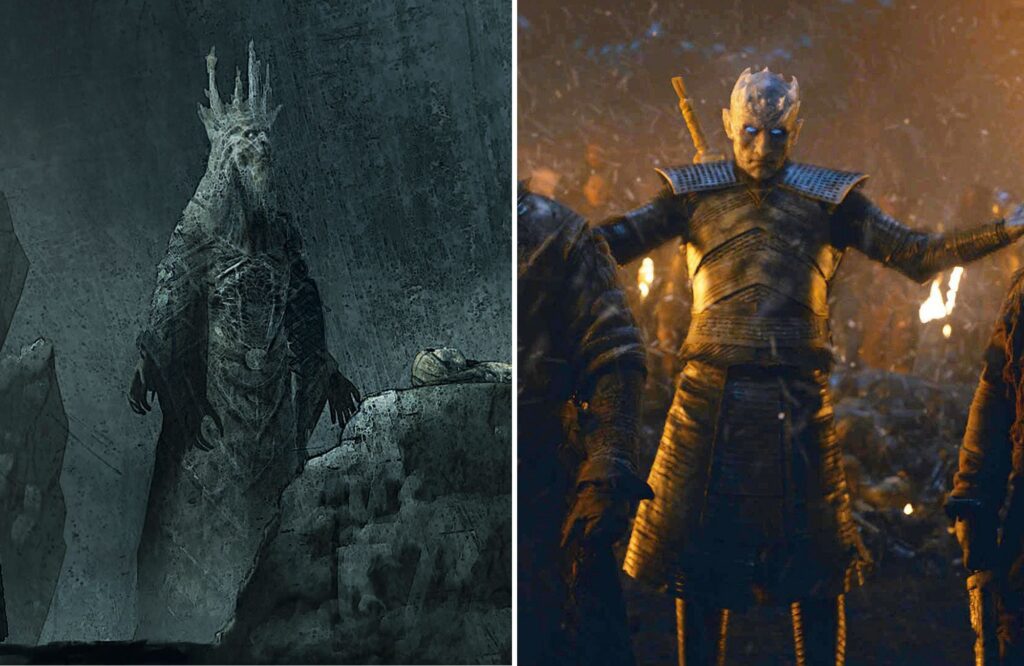Game design has come a long way since its earliest days, with advancements in technology resulting in a significant evolution of game design, especially when it comes to characters. Every game starts with an idea, which the design team conceptualizes, sketches, and develops to bring the vision to life. Once the concept is locked in, the design phase begins, where the designers map out levels, gameplay mechanics, and characters. The testing phase ensures the game meets standards set by the design team. Finally, after testing is complete and all issues have been resolved, the game is ready for release.
From Concept to Character: The Evolution of Game Design and Character Creation
Games have come a long way since the earliest days of arcade and console gaming. With advancements in technology, there has been a significant evolution in game design, especially when it comes to characters. Today’s games feature complex characters that have backstories, personalities, and even their own unique abilities.
The Concept Phase
Every game starts with an idea. This idea can come from anywhere—the studio’s team, a designer, or even a fan. Once the idea has been defined, it’s time to move on to the concept phase. During this phase, the designers brainstorm, conceptualize, sketch, and develop the overall look and feel of the game.
The concept phase may take a while, and the team may go through several iterations before settling on a final design. Typically, concepts include art assets such as sketches, mood boards, and 3D models to bring the overall vision to life.
The Design Phase
Once the concept is locked in, the design phase begins. During this stage, the designers map out levels, environments, gameplay mechanics, and characters. The gameplay mechanics and level design determines how the player interacts with the game world while the character design creates life-like and memorable characters, each with their own unique backstory, personality, and abilities.
The designers begin by outlining the character concepts, then move on to fleshing out the details. Key factors such as the character’s backstory, personality, motivations, and objectives are considered, as these elements can have major effects on the design of the character’s appearance and abilities.
The Development Phase
Once the concept and design phases are complete, it’s time to move on to development. This is where the true magic happens. The development team takes the designers’ concepts and designs and brings them to life.
The development phase includes everything from programming the game’s mechanics to building the game’s environments and character models. Here, designers work with animators, voice actors, and programmers to create the final product. This is where the designers have to ensure that the character’s personality, appearance, and abilities match the vision that they initially envisioned.
The Testing Phase
After everything has been developed, it’s time to test the game. The testing phase is used to identify and fix any bugs, issues, or gameplay imbalances in the final product. The testing team puts the game through a rigorous process of playing to ensure it meets the standards set by the design team.
Testing is not just about finding bugs or issues; it’s also about testing the characters’ abilities and ensuring they are balanced with the gameplay mechanics and the environments in which they exist. Characters must be designed such that they overcome appropriate challenges and can enhance gameplay.
The Release Phase
Finally, after testing is complete and all issues have been resolved, the game is ready for release. The release phase is incredibly important because it is where the game is finally brought to market. Games that have been designed correctly will resonate with the target audience and garner high praise, while poorly designed games will likely result in low sales, negative reviews, and lost revenue.
After the release phase, the design team doesn’t rest. Post-release, designers review player feedback and think about how they can improve the game through patches, updates, and even new content. A good game design is never really complete; it is a continuous process of evolution and improvement.
Conclusion
In the end, the design of a game character is a collaborative process that involves designers, programmers, artists, and writers. The character’s personality, appearance, and abilities are all designed such that they form a cohesive whole within the game’s world. A well-designed character can greatly enhance the overall gameplay experience while a poorly designed character can detract from it.
The evolution of game design has led to the creation of complex and memorable characters that continue to resonate with players long after the game has been completed.
